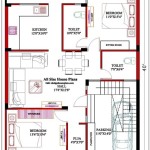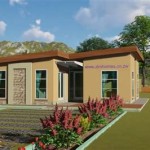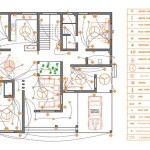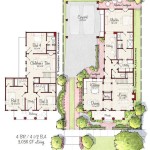Storage Container Homes Plans: Essential Aspects to Consider
Storage container homes have gained popularity as sustainable and cost-effective alternatives to traditional residential constructions. To ensure the success of your storage container home project, it's crucial to carefully plan and consider several essential aspects.
1. Design and Layout
Determine the desired size and layout of your home. Consider the number of bedrooms, bathrooms, and living spaces you require. Plan for natural light, ventilation, and efficient use of space. Sketch out your floor plan or consult an architect for a professional design.
2. Foundation and Site Selection
Choose a stable and level site with proper drainage. The foundation should be designed to support the weight of the containers and provide stability. Options include concrete pads, piers, or footings. Ensure access to utilities such as water, electricity, and waste disposal.
3. Container Selection and Modification
Select high-quality shipping containers that meet structural requirements. Decide on the number of containers needed and plan for modifications such as cutting openings for windows, doors, and ventilation. Insulation, flooring, and interior finishes must be incorporated to create a habitable environment.
4. Structural Integrity
Reinforce the containers to ensure structural stability. This includes adding frames, beams, and cross-bracing to the walls, roof, and floor. Consider adding additional support if stacking containers vertically or connecting them side by side.
5. Insulation and Energy Efficiency
Insulate the containers to regulate temperature and reduce energy consumption. Use high-performance insulation materials like foam, cellulose, or fiberglass. Seal all seams and gaps to prevent heat loss. Consider energy-efficient appliances and lighting to minimize operating costs.
6. Plumbing, Electrical, and HVAC
Plan for plumbing, electrical, and HVAC systems. Install fixtures, pipes, and wiring to meet building codes and provide a comfortable living environment. Consider solar panels or other sustainable energy sources for electricity and heating.
7. Permits and Inspections
Obtain necessary building permits and have your home inspected. Submit plans to local authorities for approval and ensure compliance with zoning regulations and building codes. Regular inspections during construction can help ensure the safety and quality of your home.
8. Cost Estimation and Budget
Estimate the project cost based on materials, labor, and site preparation. Factor in unforeseen expenses and include a contingency budget. Seek professional advice from contractors or cost estimators to ensure an accurate and realistic budget.
By carefully considering these essential aspects, you can create a well-planned and comfortable storage container home that meets your needs and expectations.

Container Home Floor Plans Types Examples Considerations Cedreo

Container Home Plans Cmg Containers

Container Home 6 Floorplan Design Plans House

Container Home Floor Plans Structures Layouts More Ideas

Ship Container House Plans 3 Containers Home Concept Plan Homes

Container Home Designs Plan H House Plans Design

Container Home Floor Plans Structures Layouts More Ideas

Container Homes House Plans Book Designs Best Buy

40 Container Home Plans Eagle Leasing

Container Homes








